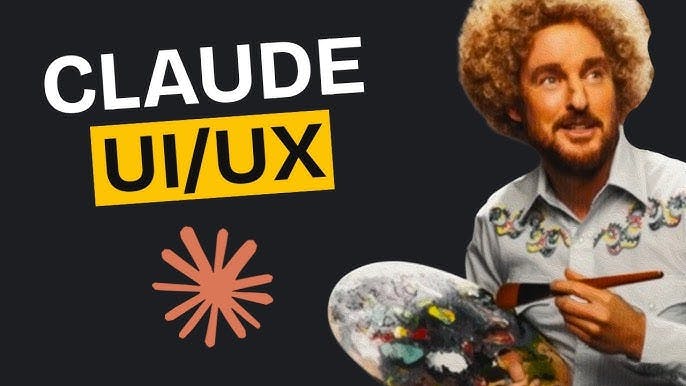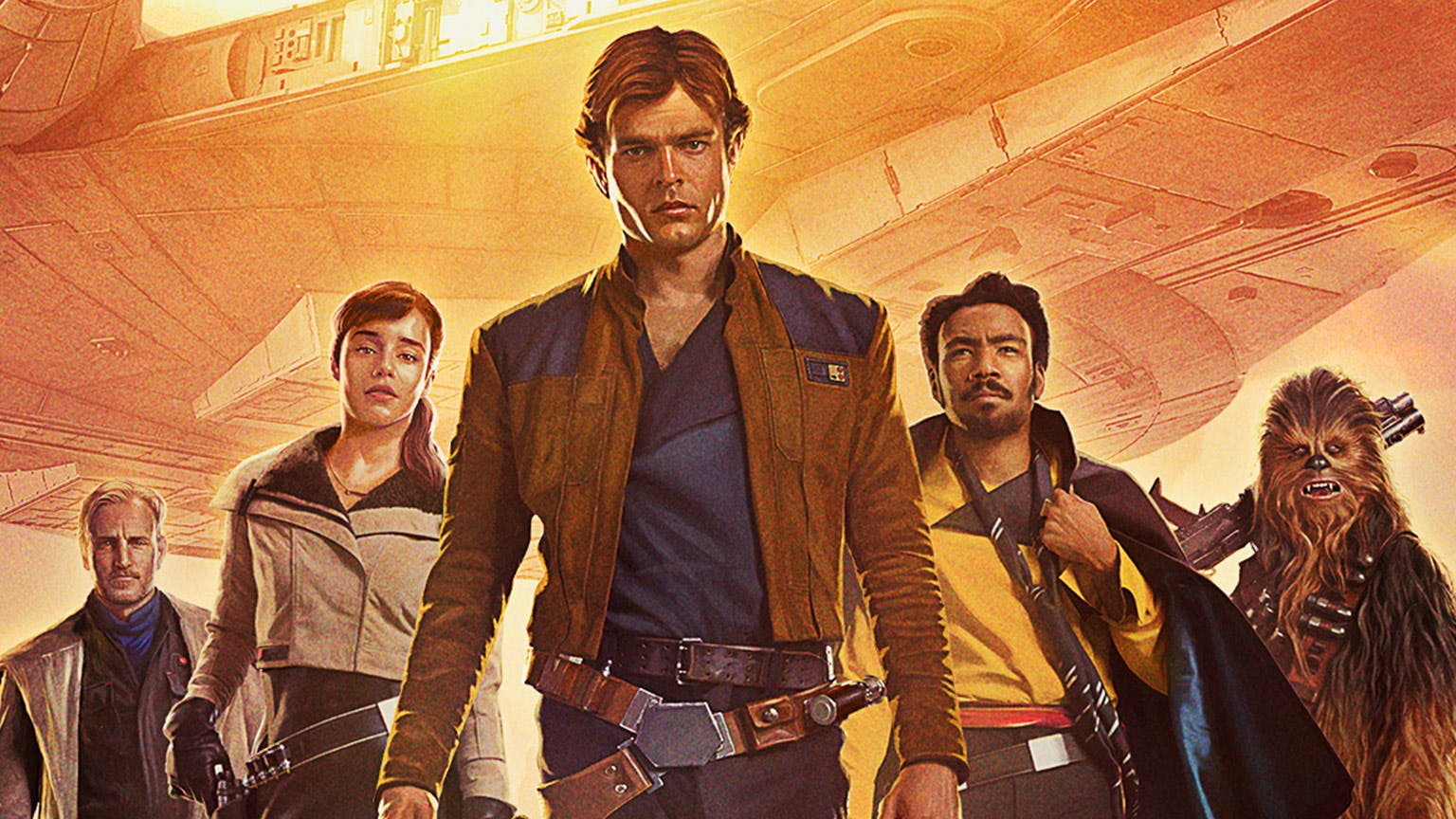The Design Renaissance
2026 Will Be The Golden Age for Designers
Taste is the Moat
The most successful people in any discipline aren’t simply skilled—they’re exquisitely timed. Right now, designers find themselves in a rare moment of leverage. One that won’t last. One that the smartest operators are already acting on. To ignore it is to design your own irrelevance.

Design is the New Unicorn
When OpenAI reportedly acquired Jony Ive’s studio, LoveFrom, at a valuation nearing $6.1 billion ?, the reaction wasn’t about headcount. It was about signal. Assuming a modest-sized core team, that deal priced each designer at over $100 million. You don’t pay that for Figma proficiency. You pay that for taste.
In other words, the most valuable AI company in the world just told us that design execution—not just engineering—will define who owns the future of human-computer interaction. This wasn’t an accident. It was a declaration: taste is now venture-scale?.
The Great Compression
Three macro trends are converging, and together they’re reshaping the leverage stack for modern creatives.

- First, AI is erasing the friction of technical execution. Designing interfaces, writing code, generating motion, creating content—these can now be done solo with an AI toolchain. What once took cross-functional teams and six-figure burn now takes a single designer and a free Claude account ?.
- Second, differentiation is no longer about functional completeness. It’s about emotional resonance. In a world where anyone can ship a feature, the winners are those who ship experiences.
- Third, the boundary between designer and founder is collapsing. Designers now sit closer to the customer, control the aesthetic, and increasingly shape the business model itself. What used to be “design support” is now “product leadership.?”
This compression of effort, time, and capital means a single designer can build what previously required a 10-person team, a seed round, and a year of development.

But let’s be clear: this isn’t about replacing designers with AI. It’s about making designers 10x more valuable. Because as production gets cheaper, discernment becomes priceless.?
What AI Can’t Touch
In 1985, Steve Jobs made a comment that remains the foundation of creative leverage. He said, “Taste is the fundamental skill. You can’t learn it from books. It comes from experience and from caring deeply.”

That statement is more true now than it was then.
AI can produce an endless stream of usable outputs, but it can’t tell you which version feels right. It can’t sense friction. It can’t guide emotion. It can’t evoke loyalty. It can’t design for trust.
It can test, but it cannot intuit.
And that’s where taste comes in.
Taste is not aesthetic preference. It is pattern recognition applied to human emotion. It’s the ability to look at 100 viable versions and know instinctively which one will win in the market—not because it’s trendy, but because it’s true?.

In a saturated AI-native landscape, taste becomes the only defensible advantage.
Never Dribbble
The next generation of high-impact designers won’t be measured by their Figma layers or animations. They’ll be measured by their ability to align product design with business performance. They will design systems that improve retention, not just surfaces that impress peers.

- They will use psychology to create trust, not just gradients to create delight.
- They will invent new interaction models rather than remix existing ones.
- And they will understand revenue architecture—pricing, acquisition, virality—as fluently as typography?.
Design is no longer a downstream function. It’s upstream strategy.
The market is already responding.
Data Over Debate
Y Combinator recently said it plainly: they want more design founders?.
It’s not a nice-to-have. It’s a pattern match.

Airbnb, Pinterest, Canva, Figma—all billion-dollar companies with design founders at the helm. The correlation is hard to ignore.
Meanwhile, Europe’s new generation of product companies—Framer, Linear, Lovable, Vercel—are pushing globally beloved products built around taste and velocity, not legacy playbooks.
What they have in common isn’t aesthetics. It’s design fluency embedded at the core of decision-making ?.
These aren’t companies with design. They are design-led companies that build from first principles, and it shows.

Solo is the New Studio
Here’s the real disruption: it no longer takes a team to build something valuable.
Designers today can move from insight to interface to code to launch without ever handing the work off. The full product lifecycle is now within reach of a single, high-leverage creative.
The toolkit is mature. The infrastructure is cheap. Distribution is free. What remains is taste, clarity, and speed.
And this has profound implications.
We are entering an era where the designer who learns to wield these tools will become a founder by default, not exception. The ones who remain dependent on permission and process will find themselves boxed out—irrelevant in a world that demands speed and excellence.?
The Window Is Narrow
This moment won’t last.

Right now, most companies are still thinking about AI as a cost-saver. They’re using it to do the same things faster, not to imagine new products altogether.
But once the default shifts—once the market adapts to AI-native creativity—the edge will vanish. Every company will have the same tools. Every founder will know the playbook.
At that point, early movers will have already captured the attention, trust, and capital. Late adopters will be racing for scraps.
The arbitrage window is open. But not for long.
The Path Forward
If you're a designer, you are not just invited to this new era—you are essential to it.
You have the ability to operate at founder speed with a craftsman’s eye. You can collapse cycles, ship faster, and design from intuition while others cling to process.
But to capitalize, you’ll need to evolve.
Develop taste like it’s a muscle. Study human behavior, not just interface patterns. Understand revenue mechanics. Think in terms of systems, not screens.
Because the golden age of design is not coming.
It’s already here.
And those who recognize it, build for it, and bet on themselves—will own it.
Acknowledgments
Grateful to Monique for her ruthless clarity and calm under pressure.
To Theo, who always asked the right hard questions.
Logan, for always asking for a Switch2 extension.
You each made this stronger.
References
Previous
The Real Cost of Clickbait